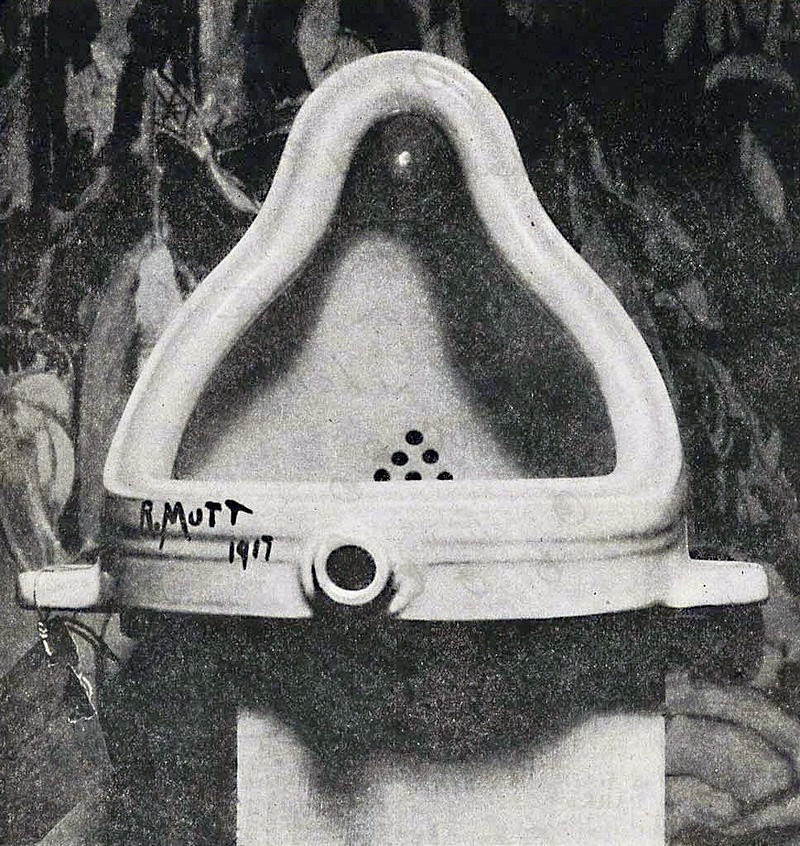Q1. Who is Louis Daguerre and why is he so special? How did he become independently wealthy?
A1. Louis Daguerre was a French artist and photographer. He created the first permanent camera photograph called the daguerreotype. He opened a Diorama theatre. He is one of the fathers of photography. Louis Daguerre made a deal to sell the rights to his invention to France for life income.
Daguerreotype of Louis Daguerre in 1844 by Jean-Baptiste Sabatier-Blot
Q2. What types of photos did people take when photography was first invented? What were some of the difficulties they had to endure?
A2.Many early photographs were portraits. And the people had to sit in seats that had neck braces attached to them so that the people couldn't move and make the picture come out blurry.
Q3. Name three different types of early photographs. What did they look like? Why were they called what they were called?
A3. 1. Daguerreotypes are portraits. (invented by Daguerre so it was named after him) They were always framed because they were very fragile.
2. Ambrotypes are glass negative backed with black material. These were cheaper than Daguerreotypes. They were very similar though, and were named after J. Ambrose.
3. Tintypes used glass instead of the iron plate used in the ambrose process. And the edges were almost always trimmed and were framed. They were called tintypes because the process involved tin.
Q4. What is a Kodak Brownie. How did it work? What made it so popular? Can you buy one today?
A4. The Kodak Brownie was the first portable camera. It took a small hole with a lens to allow light in and when you took the picture the camera moved a blocking board to protect the negative paper which then is exposed to the light which captures the image. You can definitely purchase one today. These cameras were very inexpensive and many people could buy them.
Q5. Who were the Dadaists? What was their photographic work like? Why are they considered "important" in the history of photography?
A5. Dadaists were a group of artists, writers, etc., of the early 20th century who exploited accidental and incongruous effects in their and who programmatically challenged established canons of art, thought, and morality. Dadaists used an early form of Shock Art. They would trust mild obscenities, scatological humor, visual puns, and everyday objects renamed as "art" to the public eye. They are important because they showed the world the non-art side of photography.





No comments:
Post a Comment